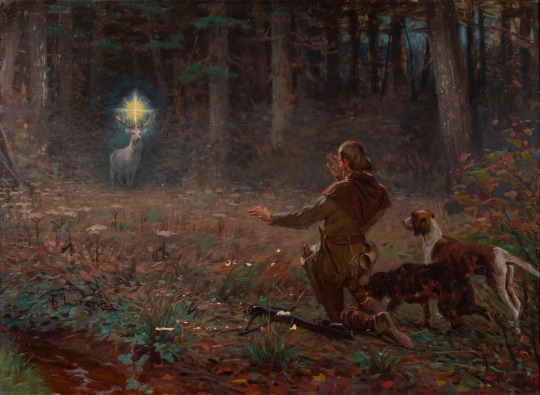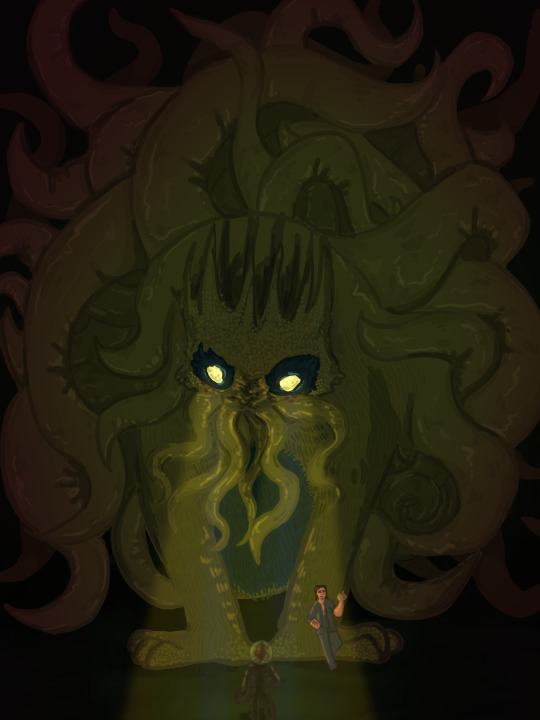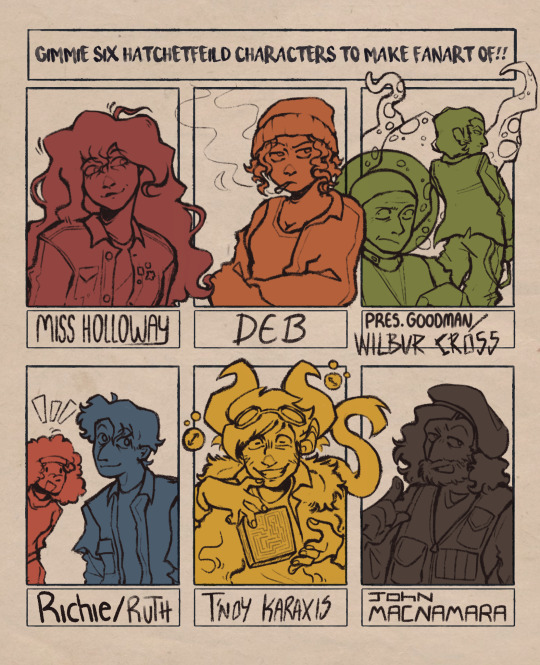#white crosses
Text
12 notes
·
View notes
Text
oh my fucking god
#white crosses help me white crosses save me WHITE CROSSES FIX ME#white crosses#against me!#crimson chatters
6 notes
·
View notes
Text
descansos

photo link
Growing up in the southern US it never occurred to me that some of the things I was used to seeing on a daily basis would be considered odd by anyone else. Yes, there were always cows in fields near the roads, Piggly Wiggly made sure you always saw large signs with a smiling pig on it as you traveled between towns, South of the Border wasn't really a theme park - but it kind of was - and you weren't going to escape its billboards until you were north of the Mason-Dixon line
and there were going to be small white crosses decorated with plastic flowers along the road as you drove.
I took those little white crosses so for granted that it wasn't until someone from another country commented on how strange they were that I even, with the front of my brain, remembered them. They certainly weren't everywhere - but they were common enough on the sides of the road that you couldn't drive too far without seeing one and they became almost ubiquitous, as much a part of the natural landscape as the cows in the fields. I don't even remember ever having to ask why they were there, though I must have. They simply were and me and all my friends knew exactly why they were there and what they meant.
The crosses, sometimes by themselves and sometimes in clusters, marked the spot where people had died in traffic accidents.
Now, humanity likes its memorials. We built a lot of them and if the people in charge won't build one, oftentimes, people will create them for themselves, showing up to specific spots to leave flowers, stuffed animals or candles. They're a way for us to mark somewhere as different from the rest of the world, a place for grief and remembrance, somewhere we can gather and acknowledge a wound left behind by a passing. These aren't graves, very often the body or bodies are laid to rest somewhere else entirely. Instead these are communal mourning places, either somewhere special to the ones lost or else where violence overtook them, usually unexpected and sharply quick. Memorials aren't often for expected deaths. Memorials are for the sudden ones, the unpredictable ones, the ones that leap out of the dark and took their prey before we knew what was happening.
'Something terrible happened here, pay attention'.
Roadside memorials aren't unique to the US either. Traffic accidents happen the world over and its human nature to want to mark the spot a loved one's last moments were, where the tragic accident came upon them unaware. There are ghost bikes left behind, a bicycle painted entirely white and chained to the spot where a cyclist was killed by a car. There are ghost shoes, nailed to poles at eye height, painted entirely white to mark where a pedestrian was hit. Some countries leave wreaths, bouquets, stone markers or signs. Some, no doubt, leave crosses. But why are small, wooden, usually white, crosses so uniform across the southern US?
Part of it is, of course, that the 'Bible Belt' stretches the same route and so markers of Southern brand Christianity are commonplace.
That's not where it started.
These small white crosses started in New Mexico and spread outward from there. New Mexico, in turn, inherited them from Mexico. In New Mexico these roadside crosses are called descansos, a 'resting place'. Long before cars, when a body needed to be carried to its final resting place, the funeral procession would either carry the coffin on their shoulders, or in cases where the graveyard was further away, in a animal drawn cart. Each place the coffin was set down so that its bearers could rest, or stop for the night, was marked with a white wooden cross, hammered into the ground where the dead, and their escort, had rested before moving onward. These white crosses marked the road from where the person had died to the graveyard where they were settled into their final resting place. In fact, over time, the white crosses came to represent the path from town to the graveyard, serving as a kind of sign post to anyone that needed them. Sometimes, on trails far from home, the white cross next to the roadside would actually serve to make the grave of someone that had died so far from anywhere that there was no where to bury them but for the most part, descansos were resting places on the way to the final resting spot.
With the arrival of cars and faster transportation, the stark little descansos weren't needed to serve as markers of sorrow that had traveled, and found rest, along the way toward its final destination anymore. Instead, they began to serve another purpose. The little white crosses stayed a place for grief to rest from its burden for a while but now it was in the form of leaving offerings or memories, a place where the people left behind, mourning their loved ones, could remind anyone traveling that route that someone precious had died and was still mourned. Descantos always faced the road, not away from it. The whole point of a descantos is to be seen by strangers.
In the 1940s through the 1950s the Arizona Highway Patrol began marking places along the highway where automobile fatalities had occurred with small white crosses. Even after they stopped, the families of the dead picked up the habit and carried it forward. While the laws regulating roadside memorials vary from state to state in the US, in New Mexico, descansos are still considered sacred and on the rare occasions road workers are forced to move them when repairing or expanding the roads, they are careful to restore them to as close to the spot they were taken from as possible. These days the forms the memorials take vary widely, but whether they stay a humble cross or not, they still serve to both let mourners mark the spot where they lost their loved one -
and to also serve as a warning and a reminder to all passing motorists.
'Traveling the highways of America is dangerous. Keep alert. Be aware. Don't become the next white cross sprouting along the side of this long, deadly stretch of American highway."

#descansos#roadside memorial#roadside cross#travel#new mexico#mexico#american highway#ngl I feel weird posting pictures#white crosses#shrine#roadside shrine
2 notes
·
View notes
Text
Look, all I'm saying is that a cis person could never have written Bamboo Bones
#just no way#couldnt be done#against me!#bamboo bones#white crosses#laura jane grace#transgender#nonbinary#shapoopy says
13 notes
·
View notes
Text
when i’m sad i listen to White Crosses the album released in 2010 by punk band Against Me!
13 notes
·
View notes
Text
Do you remember when you were young and you wanted to set the world on fire?
I Was a Teenage Anarchist // Against Me!
#i was a teenage anarchist#against me!#white crosses#against me! lyrics#lyric quotes#song lyrics that saved me
4 notes
·
View notes
Text

#femboys#cross dressing#sissi femboi#sissifyme#bbc for white#bnwosissy#sissy for bbc#submisive sissy#bbc faggot#bnwo propaganda#bbc bull#bbc#sissifeminine#femboii#fembody
6K notes
·
View notes
Text
My Own Healing
I lived in Sudbury for most of my life. In the outskirts as well as right in the city. I know that drug use and overdose is an issue everywhere and everyone likely knows or knows of someone who is or has struggled with the terrible disease that is addiction. Writing this has helped me heal from the passing of my older children's father. His life did not have to end the way it did, and I hope that someone reading this can heal a little.
In Sudbury, as well as in other communities, a lot of individuals who become addicted to drugs were first prescribed a drug (for pain, mental health, etc.), and their primary care practitioners either did not follow up or the individual went to multiple practitioners once addicted. I personally have seen the devastating effects this can have, not only on the individual and their families but on the whole community.
In Sudbury, there is a piece of property downtown that has white crosses erected in memory of those who were taken too soon due to addiction/overdose. There are over 200 crosses, over 100 from 2021 alone. I had friends and my older children had friends who have died from an overdose and their crosses are in that memorial. For 5 out of 6 of my friends, their addiction started with prescription pain medication, and the lack of follow-up afterward. Children are losing parents; parents are losing children. There is too much loss, and something has to be done.
A little over a month ago, I was in Sudbury with my husband and 2 younger children. I received a call from Greater Sudbury Police asking if I was related to (ex-husband). I said yes, he is the father of my older children and my ex-husband. They told me they needed to come to talk to me in person, so I waited for their arrival. They proceeded to tell me that my ex-husband was found by his roommate in his room, deceased. I was in shock. I knew he had previously been using crack, he had had a heart attack 3 years prior due to the drug use and alcohol consumption. I then received a phone call from the coroner, who indicated that an autopsy would be done, but he had been found with a crack pipe in his hand and drug paraphernalia around him. Once again, I cried for the sadness that this was going to bring my children. I went to clean out his room, and there I also found more paraphernalia from his drug use. My ex-husband has always liked his alcohol, and he was always a tobacco smoker but had never used hard drugs until 5 years ago when he met his former girlfriend. She was a heavy drug user, and, after a few months of dating, he began to use as well. He spiraled pretty quickly and, consequently, after a night of partying, suffered his heart attack. He was told to quit using and he did well for a little while, but his life wasn’t what he wanted it to be, and he started using again.
This situation is not unique in Sudbury, or many other communities across Canada. Sudbury had the highest opioid death rate in Ontario in 2021. The city, after months of delays, opened its new supervised drug consumption site in an effort to curb overdose deaths. This site will be a place where people can safely consume their own drugs while being in the presence of trained staff in a non-judgemental place. They are also provided with safe equipment, can access medical care, and can get referrals to other social and health services. It is centrally located, so it is easy to access for anyone. The health unit and other organizations have been advocating for a long time for this safe consumption site. They believe that it will reduce the overdose rate, reduce the amount of public drug use, reduce the amount of paraphernalia found in public places (parks, alleyways, malls), and help educate drug users and maybe get them sober. I feel like more could be done to curb this epidemic of drug use and overdose.
Currently, there are services that can be accessed, but only after months or years on a waitlist, and by then, usually it is too late. There are very few rehabilitation centers. I know this firsthand as my own daughter had to go to Toronto to receive the services that should have been available to her in her own community. Having services in one’s hometown will allow one to be around the people in their lives who can offer the most support, such as family and friends. I would also advocate for more funding to hire more trained social workers and social service workers to alleviate the waiting list for services. As mentioned, waiting months to years for help when battling addiction is unacceptable. By the time many of these people have their names called upon, they are gone.
0 notes
Text

The Vision of St Hubert by Richard Lorenz
#st hubert#saint hubert#art#richard lorenz#vision#hunting#white stag#stag#deer#cross#crucifix#antlers#ardennes#forest#medieval#middle ages#christianity#christian#hounds#frankish#franks#france#belgium#germanic#history#europe#european#religion#religious#hubertus
2K notes
·
View notes
Text

Animal Crossing: New Leaf (2012)
#acnl#animal crossing#ac#ac gifs#animal crossing new leaf#acnl gif#gif#xmas#christmas#holidays#christmascore#christmas aesthetic#holiday#video game#nintendo#nintendo aesthetic#white christmas#snowcore#snow#snowy#snow aesthetic#wintercore#winter aesthetic#christmas lights#video games#childhood#gamer#gamercore#video game gifs#naturecore
2K notes
·
View notes
Text

Wiggog Y’wrath.
Watched Black Friday with my Roomies today!
#starkid#my art#art#wiggly#wiggog y'wrath#wilbur cross#howard goodman#Black Friday#nerdy prudes must die#npmd#tgwdlm#the guy who didn't like musicals#black and white#Edit: glad you all like him!!! I have not been able to stop thinking about Hatchetfield since NPMD came out!#curt mega#jon matteson#joey richter
2K notes
·
View notes
Text

I know it’s more than six but the hyperfixation has me in its grasp sorry
Tbh I had so much fun with this one I wonder if it’s obvious which characters I like to draw the most (hint: it’s Wilbur and tinky and also kinda general macnamara he’s fun to draw. But mainly Wilbur. We need more Wilbur cross fanart.)
#fanart#rennysart#nerdy prudes must die#npmd#starkid fanart#starkid npmd#starkid#jon matteson#miss holloway#the guy who didn't like musicals#tgwdlm#deb Tgwdlm#black friday#black and white#starkid black friday#wilbur cross#wiggog y'wrath#npmd richie#richie lipschitz#ruth fleming#ruth npmd#tinky#tnoy karaxis#general macnamara#general john macnamara#peip#hatchetverse#hatchetfield#my art
2K notes
·
View notes
Text
4K notes
·
View notes